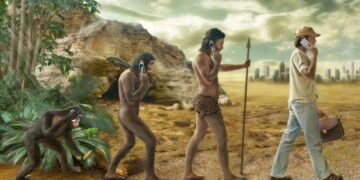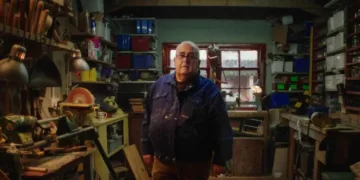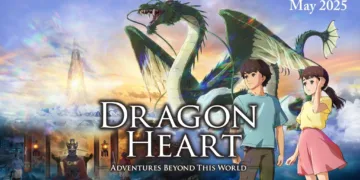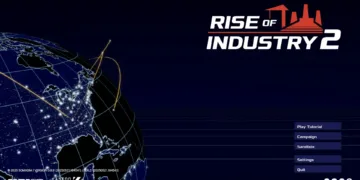Principles of the theory of evolution discovered by Charles Darwin are clear. The living species change over time, when the natural selection acts on populations, made up of individuals all different. The implications of this and other theories have yet to be understood by society. This is why we have approached evolution in reverse, starting from what it is not (but what everyone thinks it is).
The term evolution means a change over time. For instance, laptops have evolved over the last ten years. However, when biologists talk about evolution, they refer to the history of life. In particular, biological evolution means the development of the various species from ancestral species. The long process of evolutionary development depends on changes in DNA, mutations, which fundamentally change the biology of the organism.
When such changes are favorable to survival, they are retained. If a small population of a few individuals undergoes a significant number of changes – and is geographically isolated from other populations – a new species may emerge.
The concept of intermediate species, or link, is wrong, since these species would be somewhere between an imperfect past and a present in which evolution has reached perfection. Moreover, the idea of connecting links, such as Homo naledi, would imply the presence of a long chain or ladder of living forms that range from the least perfect to the most perfect; now we know that species form a complex and intricate thicket, with no clear line from past to present.


















































Discussion about this post